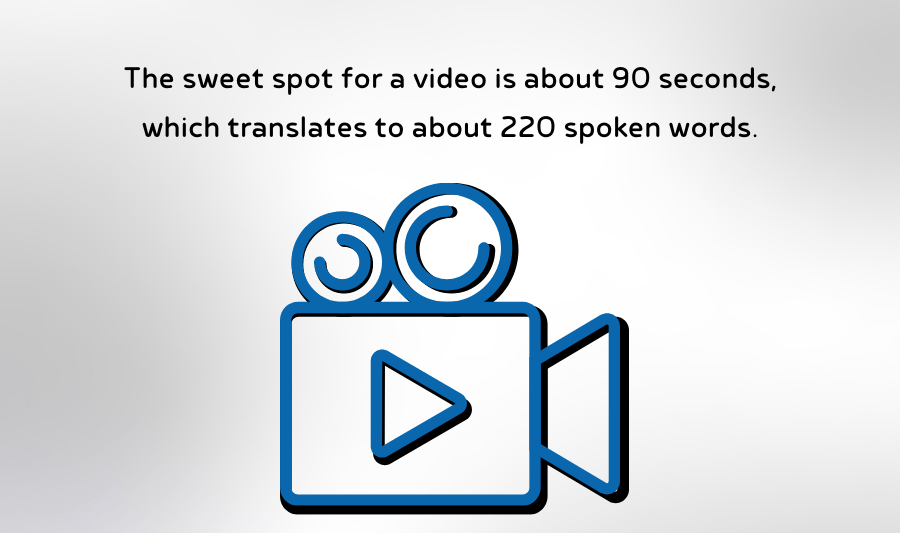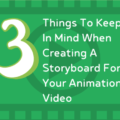Your script is the backbone of your animation video. A great script gets your point across in a clear, focused, engaging way. It resonates with your audience, communicates a concept or narrative, and makes your message compelling.
Here’s what to know about creating a winning video script.
1. Know What Your Goal Is
Before you start writing, define your brief and what success looks like. Figure out what the purpose of your script is, and what channels and formats it’ll be distributed across. As you draft, refine, and revise your script, keep referring back to your brief to make sure that you’re on target. It’s easy for a project to evolve creatively and end up straying from the brief! When we review your script, the team at See In Colors will confirm with you any goals or objectives and make suggestions if needed.
2. Know Who You’re Talking To
Knowing your audience is #1. Who are they, what do they want, and what do they need to know? This will help you figure out what kind of background information you need to share, how in-depth you need to go, and what kind of tone is appropriate. An animation video on PPE (Personal Protective Equipment) for medical safety will be presented very differently from a corporate anniversary timeline video. Make sure your audience is defined and that you’re communicating effectively to ensure the message lands.
3. Tell a Good Story
Storytelling is critical to your animated video’s success. Think about the information or message that you’re trying to convey, then step up your game by transforming it into a story. Be authentic and human, use anecdotes and observations to highlight points, problems and solutions. Consider traditional story arcs and see how you can align your script with these. Great storytelling will make for a more engaging script – and help build empathy with your audience.
4. Shorter is Sweeter
We live in a world of highly abridged attention spans. The sweet spot for a video is about 90 seconds, which translates to about 220 spoken words. Cutting your script too short risks skipping over critical information, while running long means that people are likely to tune out. If your script is 500 words long (or more!), think about what can be cut or explained in a more efficient way.. If length is an issue, See In Colors can help you with some creative solutions.

5. Read it Aloud First
Something may sound good on paper but not necessarily flow when read aloud. Make note of things like sentences that are too long, the use of confusing acronyms, stilted and overly formal language, or words or phrases that make you stumble. You can use the “read aloud” feature in MS Word and Google Docs so your script can be read to you. It’s a quick and easy way to catch awkward sections that you can rework or remove. Read over your whole script every time you make a change to make sure that it still flows!
6. Add a Call to Action
You’ve spent ninety seconds with someone hanging on your every word. You went to all that effort because you want them to do something – not just say “that’s nice” and then click away. Always add a call to action (CTA) that reflects what you want them to do next. Do you want the viewer to sign up for something, share feedback, or adopt a new business practice? Let them know in a quick, clear manner. Our team will always check to confirm that your script has a CTA, and help you define one if not.
If you’re about to embark upon an animation video project and want to make sure that your script is on point, book a consultation with See In Colors. We’ll help you take your script – and your video – to the next level.
Here’s what to know about creating a winning video script.
Lisa
Latest posts by Lisa (see all)
- Unlock Your Meeting’s Potential – Visual Notetaking Tip Sheet - August 2, 2024
- Press Release: See In Colors Awarded Project Restore Grant to Expand Business Operations - March 15, 2023
- The When, Why, and How of Planning Your Staff Retreat - July 14, 2022





